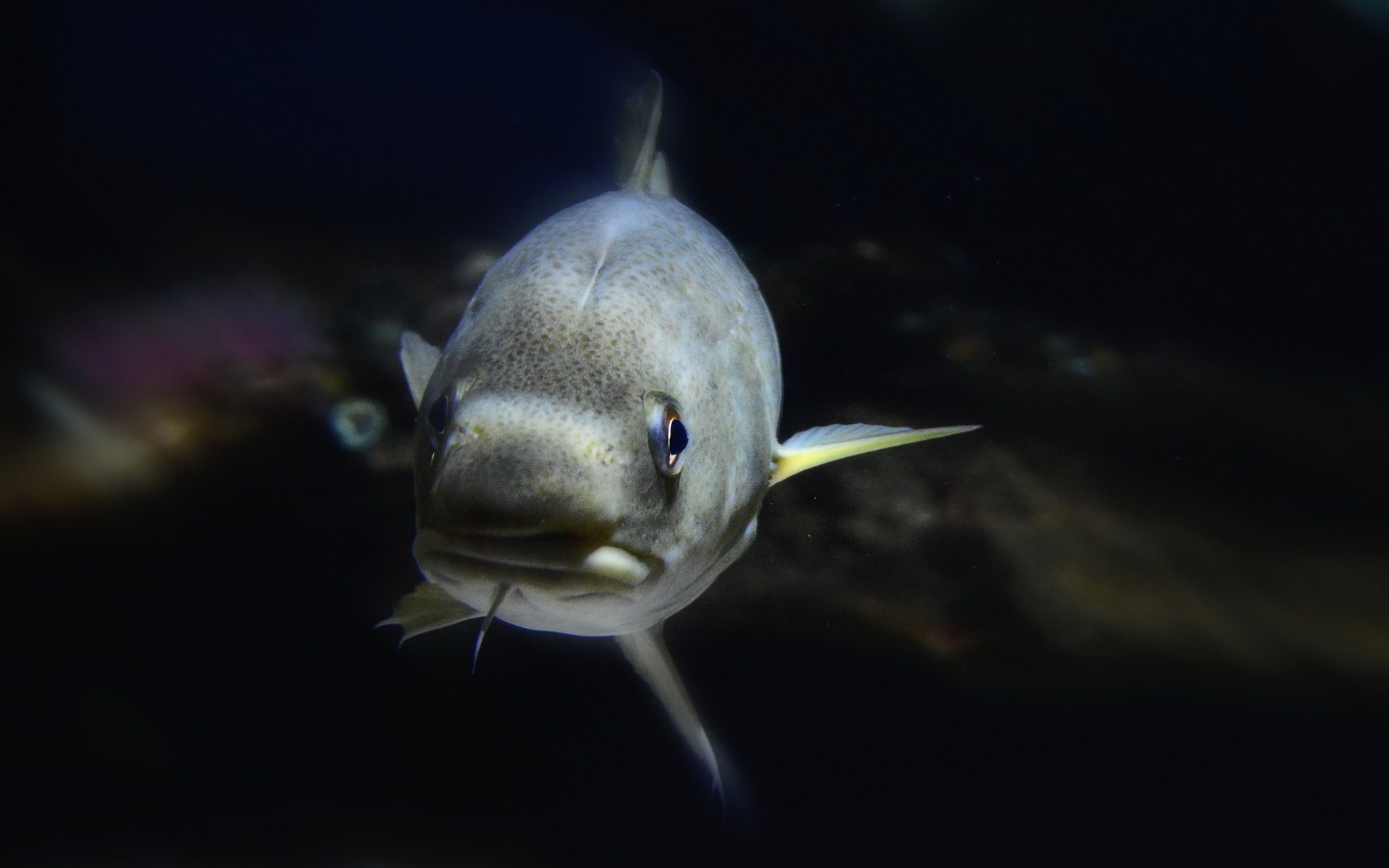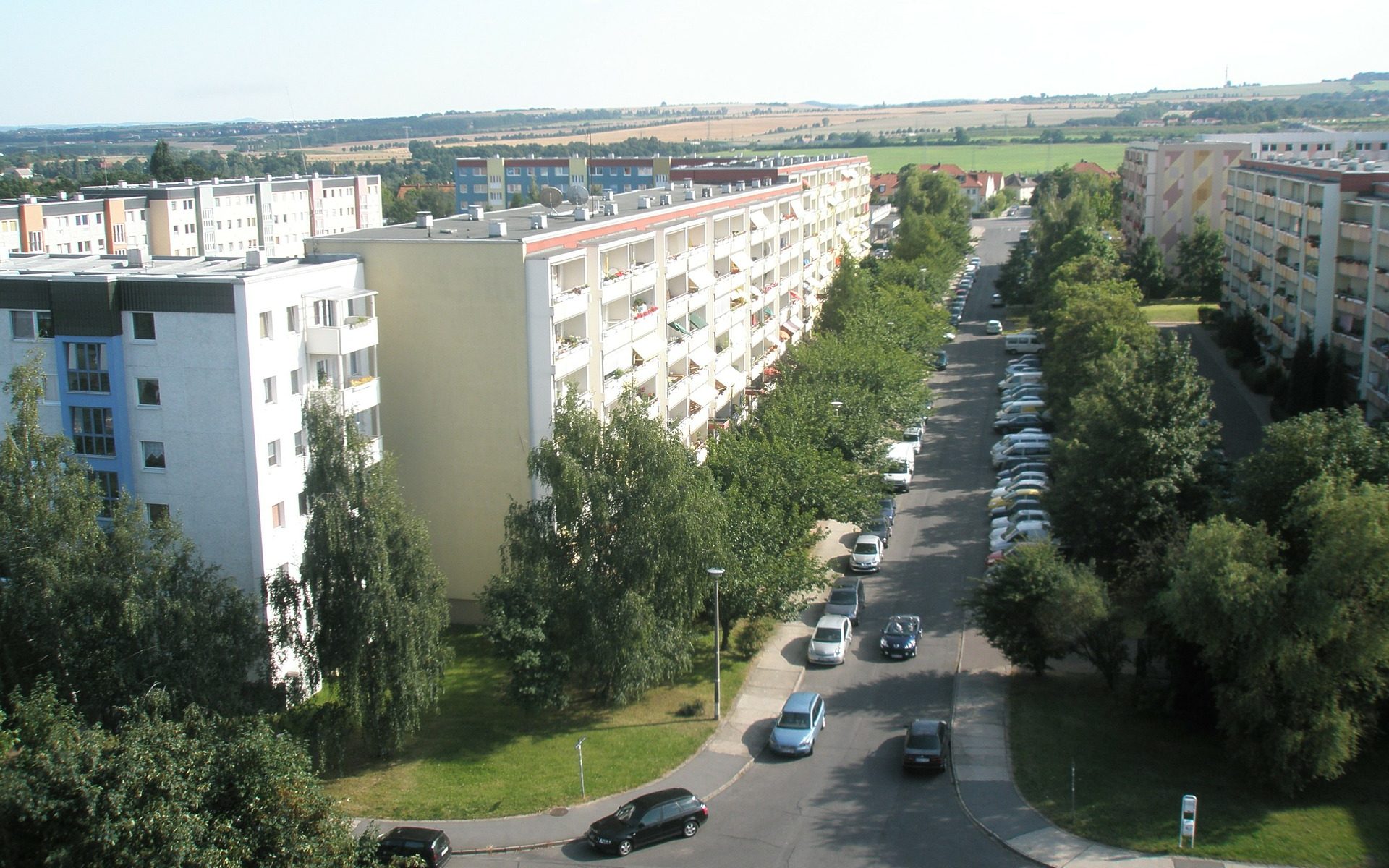The complexity of engineering systems is thrilling and exciting and the factors that need to be accounted for during design. Few systems we engineer within the natural and built environment can be realized in isolation; most of them need to be designed accounting for many different influences in their environment.
The design and engineering of off-shore wind farms is a great example of this complexity. On the surface it seems rather simple to design and engineer off-shore wind parks, at least, in comparision to urban systems. After all, wind-parks are operated in isolation. Weather and water are influencing the structure, but though chaotic these processes are well understood from an engineering perspective. It seems as if little integration with other systems need to be considered.

Looking closer, however, many intriguing processes come to the fore that influence the design. For example, by now, it is well understood that the maintenance of off-shore wind farms needs to be accounted for and integrated already during the early design activities. One of our previous studies, for example, looks at health and safety conditions of these maintenance activities and the problems of reaching turbines in harsh weather conditions.
How to best design and engineer off-shore wind farms, however, does not stop here. For example, the design and choice of different possibilities for foundations influences how the marine ecosystem can develop and thrive within the parks. An interesting study of the Thünen institute, for example, showed that cod, a species of fish whose population collapse in recent years, can thrive in between the foundations of the off-shore wind-farms. Of course, how the wind farm foundation is designed can influence the development of the marine ecosystem that can thrive within the park.


